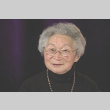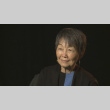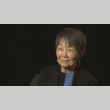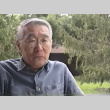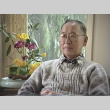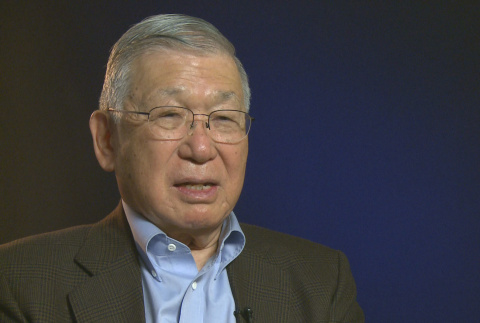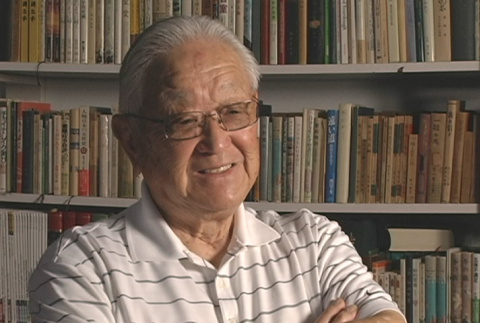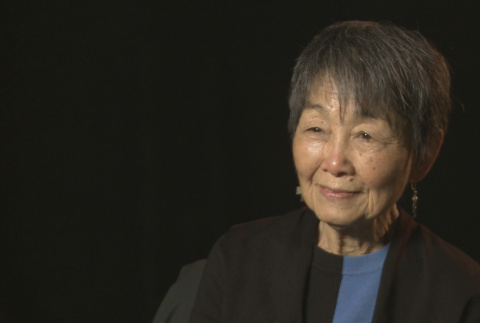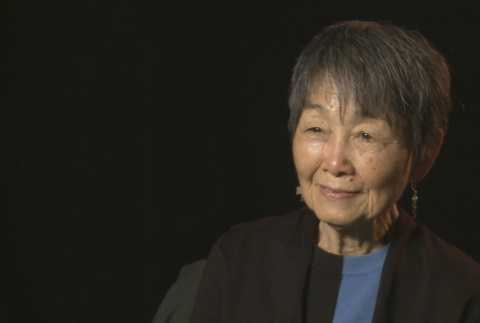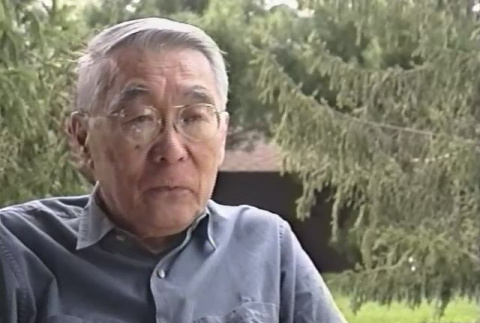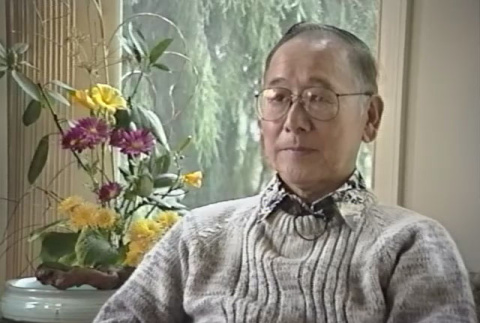Student leave
In 1942, a small number of Japanese Americans began to exit the camps through a student relocation program. The early student resettlement to colleges in Midwestern and eastern states was organized by a coalition of church leaders and educators led by the American Friends Service Committee. The coalition persuaded colleges and universities in the country's interior to accept Japanese American students. It also helped the Nisei obtain security clearance to leave camp (a complicated process) and find housing. Tuition costs were borne by the students and their families. Although many parents gave up what savings they had, nearly all the students still worked round the clock to support themselves and their studies. By the end of the war, 4,000 Nisei students had entered approximately 600 colleges.
World War II
(231)
Leaving camp
(287)
Student leave
(108)
Related articles from the
Densho Encyclopedia :
Thomas Bodine,
John Nason,
National Japanese American Student Relocation Council,
Robert O'Brien
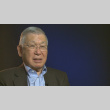
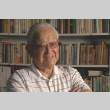
This material is based upon work assisted by a grant from the Department of the Interior, National Park Service. Any opinions, finding, and conclusions or recommendations expressed in this material are those of the author(s) and do not necessarily reflect the views of the Department of the Interior.
